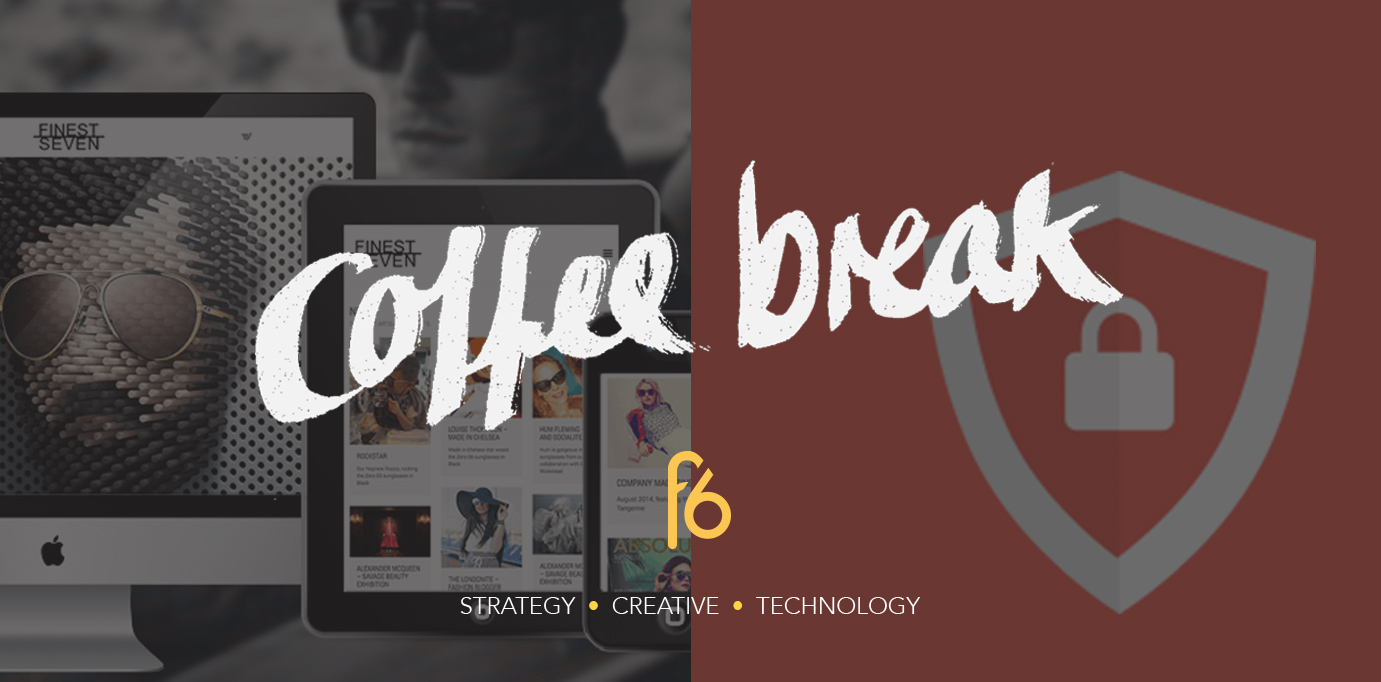Whether it’s a product review, a simple comment on Amazon, a Youtube video or an Instagram picture along with your competition’s hashtag, user generated content (UGC) is everywhere. UGC is, in fact, the dominant form of media at this point in time.
This type of content represents one of the best opportunities for advertisers, but at the same time one of the biggest challenges too. The main difficulty in approaching an UGC campaign relies in the altered method advertisers have to undertake. The thought of lacking of control is the main factor that causes anxiety for marketers. Instead of a straight-forward message transmission, they have to engage in conversation. Failure to do so carries immense risks, so you shouldn’t approach UGC if you are not confident that continuous community management is your forte.
UGC has the marvellous power to add authenticity and emotion to your campaigns. By providing your audience a platform to showcase their brand loyalty and thoughts, you can compile a vast library of material for later use as long as receiving honest, direct feedback. Photo, audio, video, copy – what you can collect is rarely limited. The rules that you set out can be as strict or loose as you want to. You can offer your audience templates, formats, apps, filters, online stickers, or simply let them express creatively without any shackles.
Confident advertisers should aim to integrate UGC in their strategy, and ideally utilise the UGC that results as a database to develop further ad content and add post-runtime value to a campaign.


